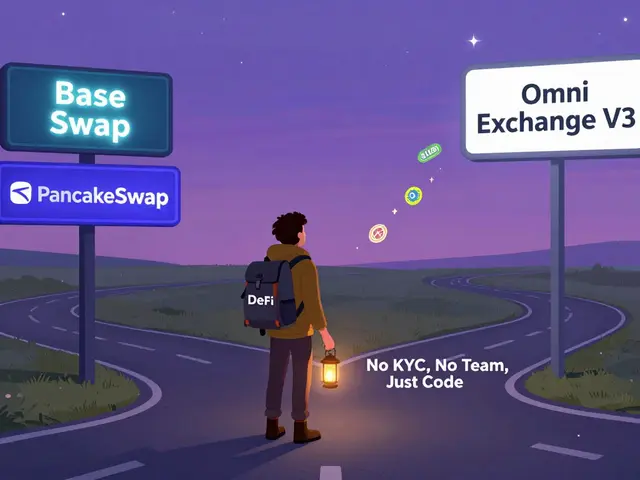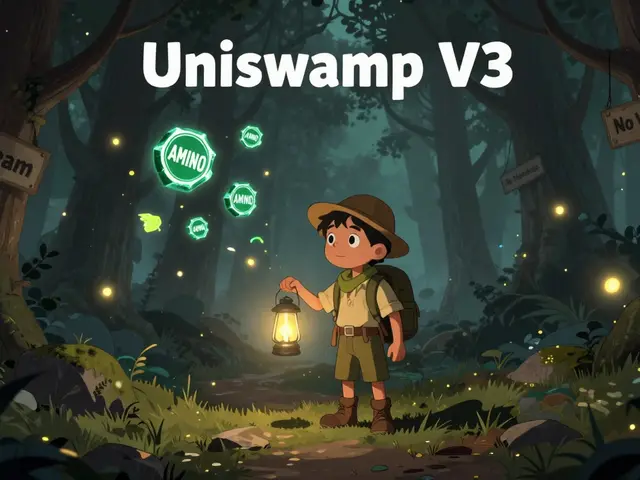Sustainable Blockchain
When talking about sustainable blockchain, a blockchain designed to lower its environmental impact without sacrificing security. Also known as green blockchain, it focuses on clean energy use, efficient protocols, and transparent reporting.
One building block is energy‑efficient consensus, the method a network uses to confirm transactions while using as little power as possible. Examples include proof‑of‑stake, proof‑of‑capacity, and hybrid models that replace energy‑hungry proof‑of‑work. Sustainable blockchain encompasses these consensus mechanisms because they cut electricity use and reduce emissions.
Why Renewable Power Matters
Another crucial piece is renewable energy integration, the practice of powering blockchain nodes and mining farms with solar, wind, or hydro sources. When a network ties its operations to clean grids, its carbon output drops dramatically. This integration requires smart contracts that can verify green energy certificates and on‑chain dashboards that track real‑time consumption.
In practice, green crypto mining, mining activities that run on renewable electricity or use waste heat for other purposes has grown fast in regions with abundant solar or geothermal power. These miners often join sustainability coalitions, share carbon‑offset data, and earn reputation scores that attract eco‑conscious investors.
All these efforts tie back to the blockchain carbon footprint, the total amount of greenhouse‑gas emissions linked to a blockchain’s hardware, software, and network operations. Measuring the footprint lets projects set reduction targets, compare against industry benchmarks, and publish transparent reports that build trust.
Putting the pieces together, sustainable blockchain requires energy‑efficient consensus, renewable energy integration, and green crypto mining to lower the blockchain carbon footprint. Each element influences the others: efficient consensus reduces the energy needed, which makes renewable integration easier, and greener mining practices boost overall sustainability scores.
Readers who follow this guide will find real‑world examples, step‑by‑step setups, and data‑driven insights that help them assess a blockchain’s eco‑impact. Below you’ll discover articles that dive deep into tokenomics of green projects, case studies on mining‑friendly jurisdictions, and reviews of tools that track on‑chain emissions.
Now that you have a clear picture of what makes a blockchain sustainable, scroll down to explore the full collection of posts that break down each concept into actionable advice.
Eco Crypto Future 2025: Trends & Outlook
Explore how environmentally friendly cryptocurrency is reshaping the market, tech, and regulation in 2025, with real data, future trends, and practical steps for users.





